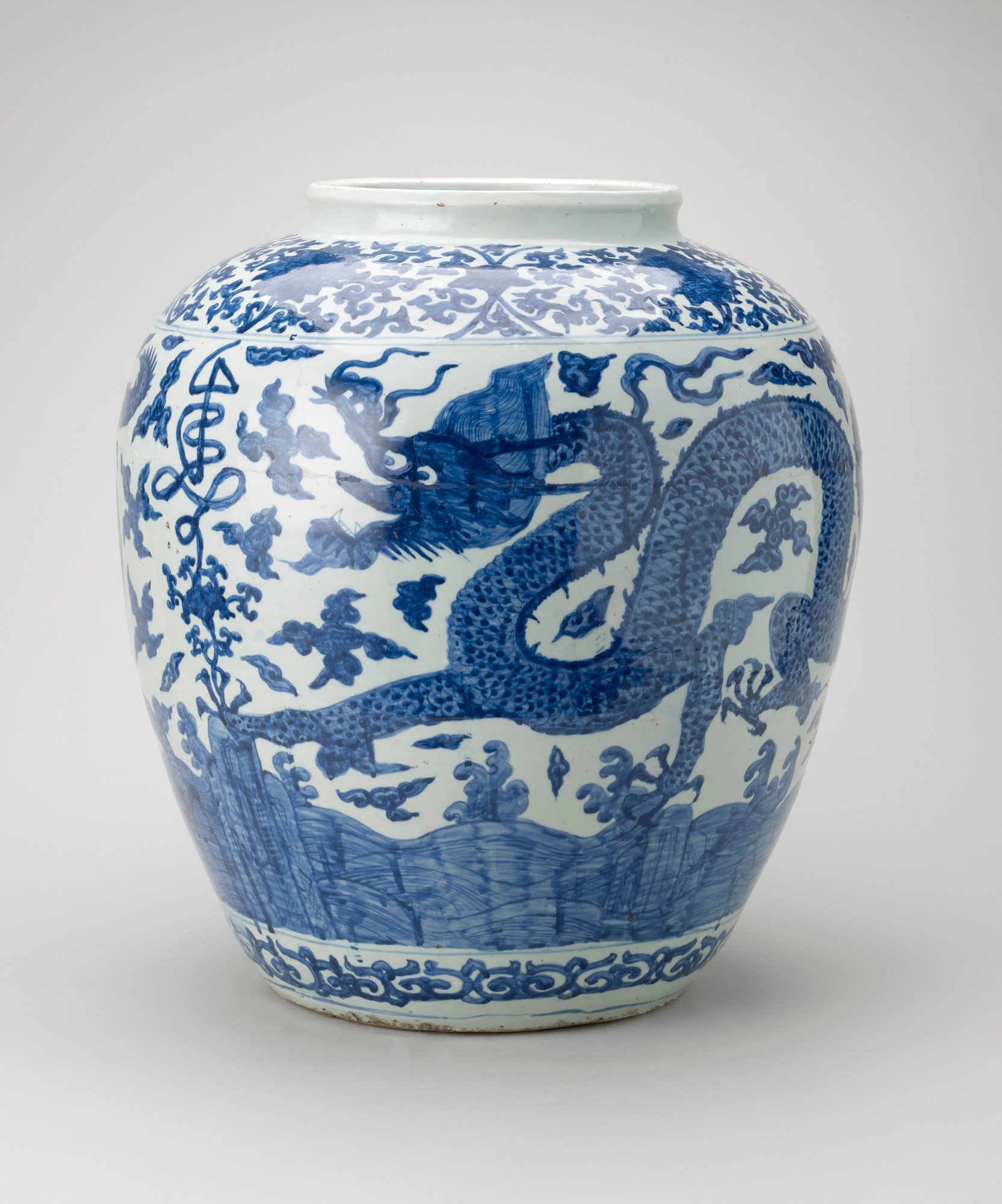
East Meets West
Extraordinary Chinese and Japanese Works of Art in the Royal Collection
Dish
mark and reign of Qianlong, 1736-95RCIN 3311
Lacquer is a Far Eastern material made from the sap of a tree found only in China and Japan. It can be applied to an object in numerous layers and then decorated by carving to reveal their different shades. The Collection contains numerous lacquer objects dating from the Ming dynasty and later. This thin red lacquer dish was sent to George III (1738–1820) by the Qianlong Emperor in 1793. In the centre is an inscription, filled with gold, which includes the lines, 'The skill of the lacquer craftsmen of Wuxia is beyond compare / Even with their copies they surpass the originals'.
Lacquer dishes, bowls and other forms in the Collection bear a great variety of designs, often illustrating mythical creatures and figures from the world of mythology, such as the Eight Immortals. Inventories of the royal apartments in the seventeenth century reveal a love of cabinets and screens created from imported lacquer, a taste which was retained well into the eighteenth century. Once Japan was opened to European trade in the late nineteenth century, lacquer items arrived in Britain in even greater numbers.







